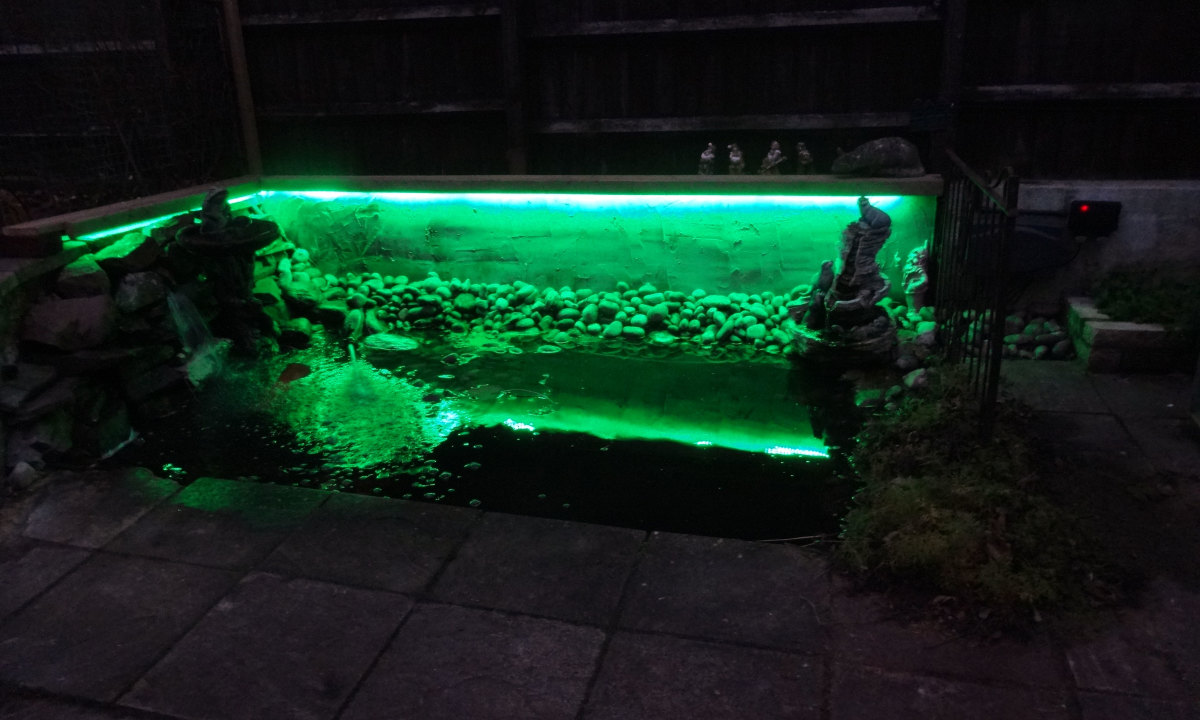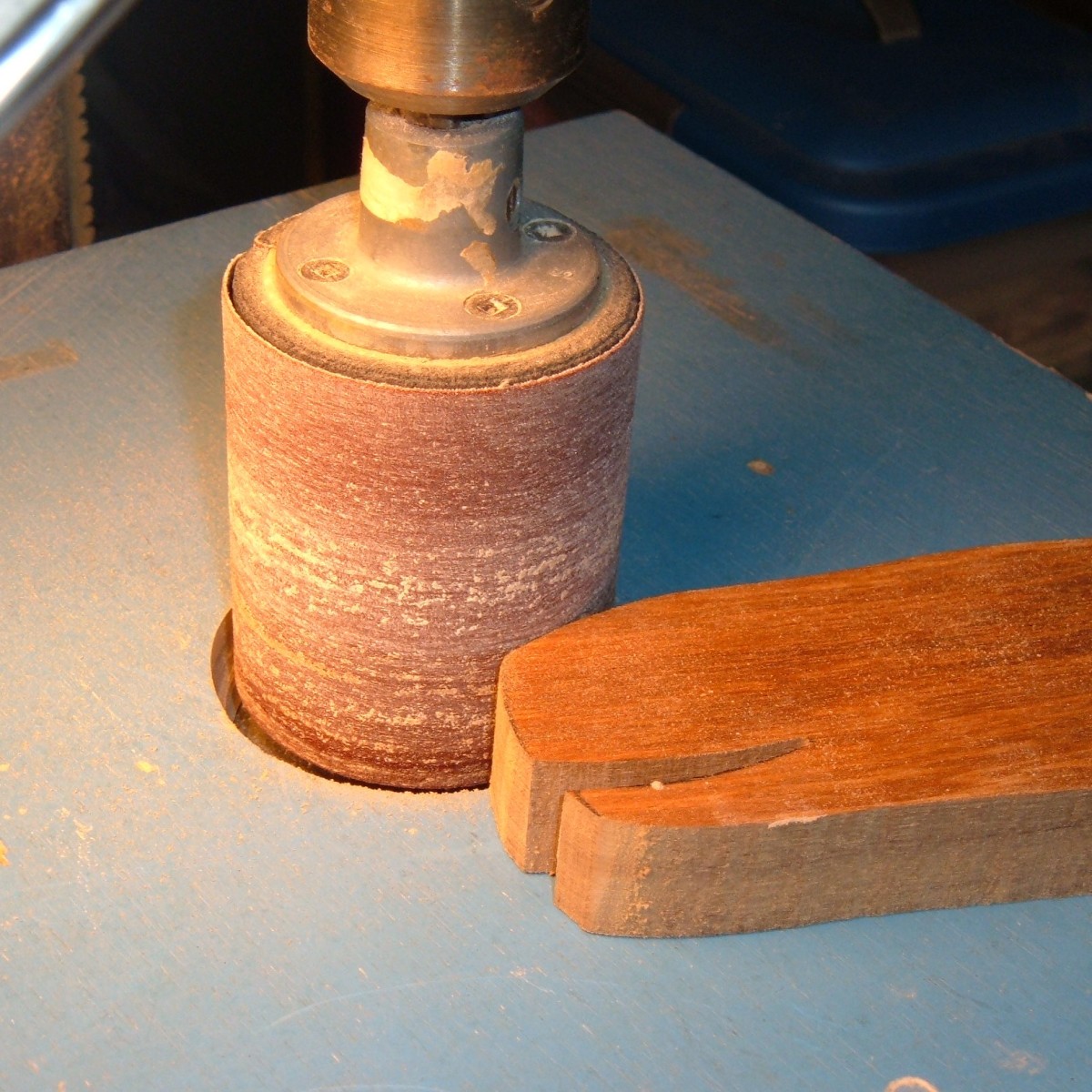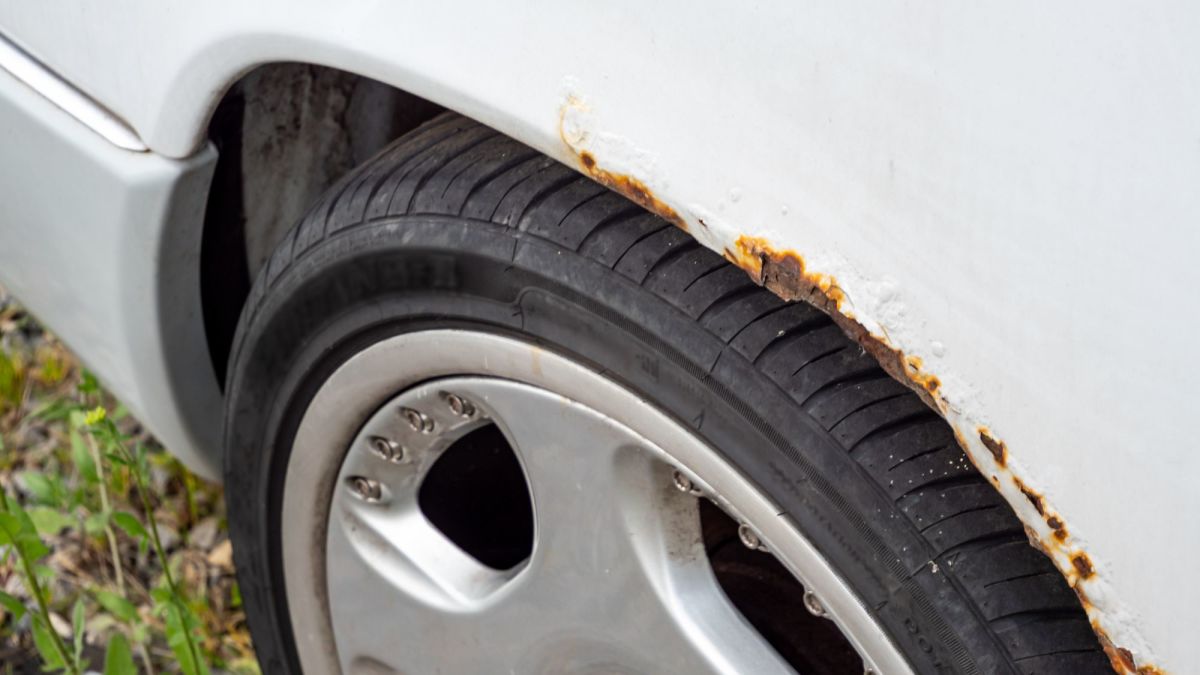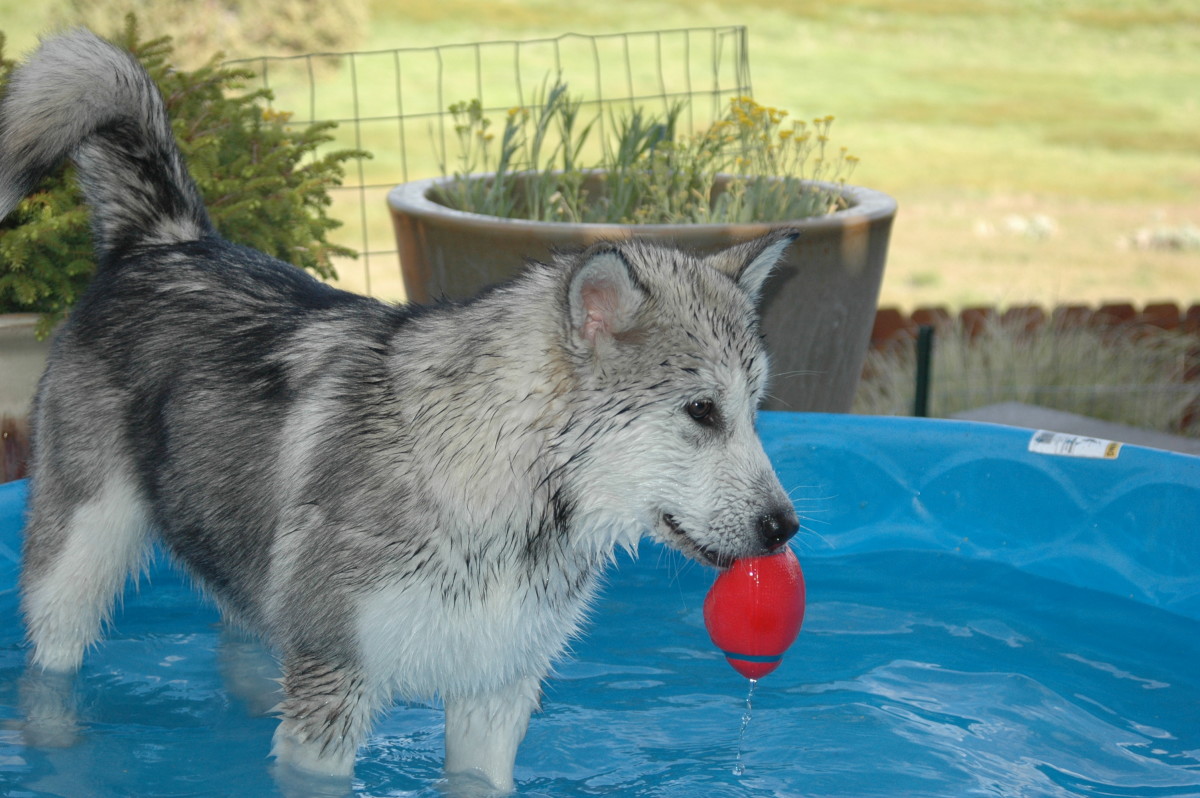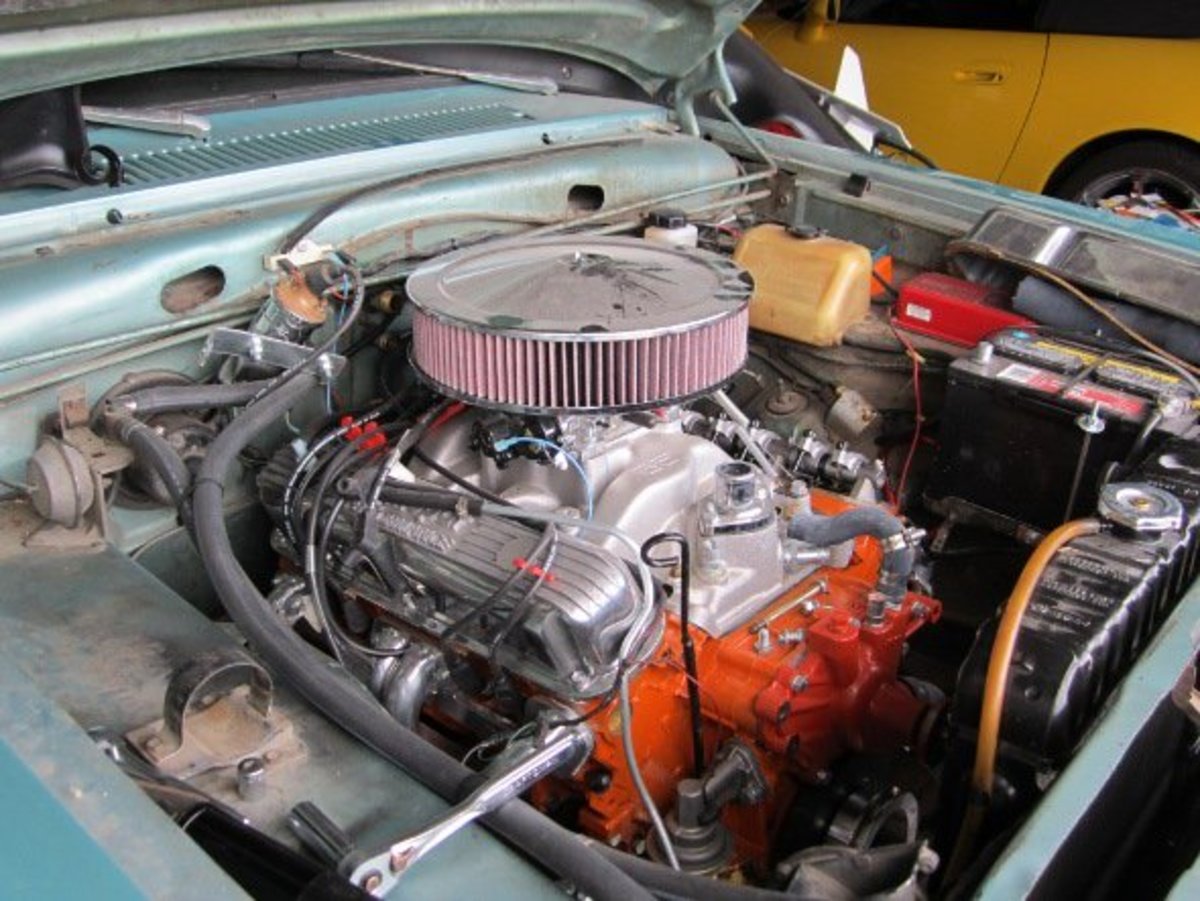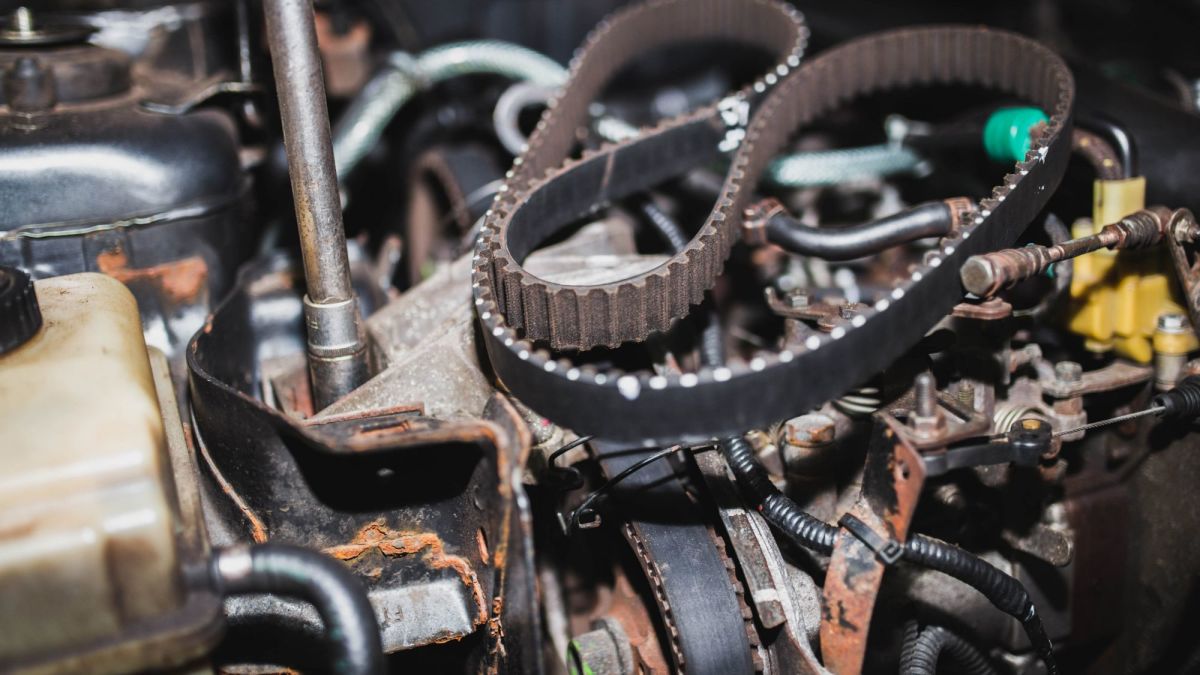How To Wet Sand
What Is Wet Sanding?
Wet sanding is the process of sanding off thin layers of clear coat to remove blemishes and even out the final layer. In a sense, it's almost like polishing but won't leave you with a great finish (which will be achieved by buffing and polishing).
Items You Need to Wet Sand
1. Waterproof sandpaper. 3M makes a great line of waterproof sandpapers called "Wetordry." They can be found at your local hardware stores, automotive stores, and even Wal-Mart. If you're in no hurry, you can probably get them cheaper online. Generally you'll want 1500grit, 2000grit, and possibly 3000grit sandpaper.
2. A spray bottle. A spray is the best option for applying your lubrication (water) when you're working indoors. If you happen to be wet sanding very large object and have room to lay them in the yard (set them on top of something sturdy) then a hose will work fine.
3. A sanding block. This isn't a necessary item but if you don't feel that you can apply even, consistent pressure with just your hand then you will want to invest in a sanding block.
4. Soft towels. Microfiber towels are great, but not necessary. Cotton will do fine because you'll simply be using the towels to clean up afterwards. You want to make sure they're soft so they don't damage the paint.
Wet Sanding
Grab your lowest grit sandpaper and wrap it around your sanding block. If you bought large sheets of sandpaper, you can cut them into smaller sheets to fit your sanding block better (and save some for a future project). Before you get too into things, pick a direction. Up and down or side to side works best. This is the direction you'll be sanding. Do not change directions, do not make swirling motions. Up and down or side to side.
Now grab your spray bottle (which you should have filled with water) and spray your sandpaper. Don't skimp on the water, you can always get more. Then spray the object you're about to wet sand. Again, don't skimp on the water. More water reduces the chances of you taking too much clear coat off as you're sanding.
Remember the direction you picked? Time to use it. Long strokes all the way across the object are best to keep your sanding even. Keep your pressure consistent (it doesn't have to be hard) and keep a steady pace (it doesn't have to be fast as that won't help the process). Slowly work your way over the entire object, apply more water as needed and occasionally rinse the object to get rid of the clear coat that is coming off. Be cautious of edges on your object. Sanding too hard over an edge will take the clear coat and paint off in no time. Then you'd have to start all over.
After a good amount of passes with your first sandpaper, rinse your object off and get out the next sandpaper. Remember, the higher the grit, the less the sandpaper will remove. So don't go overboard with your lowest grit sandpaper. Remember to rinse the object well between sandpaper. The clear coat coming off will clog up the sandpaper so the cleaner the object is, the longer your next sandpaper will last.
As you increase sandpaper grits, you should feel the surface getting smoother. Blemishes should be disappearing.
Wet Sanding Is Done
Once you've finished wet sanding with your highest grit sandpaper, you need to clean your object well. Rinse it off and wipe it down a few times with your soft towels.
At this point, your object may look a bit hazy. Not worry, some buffing and polishing will clear that haze up and leave you with a vibrant, glossy shine.


